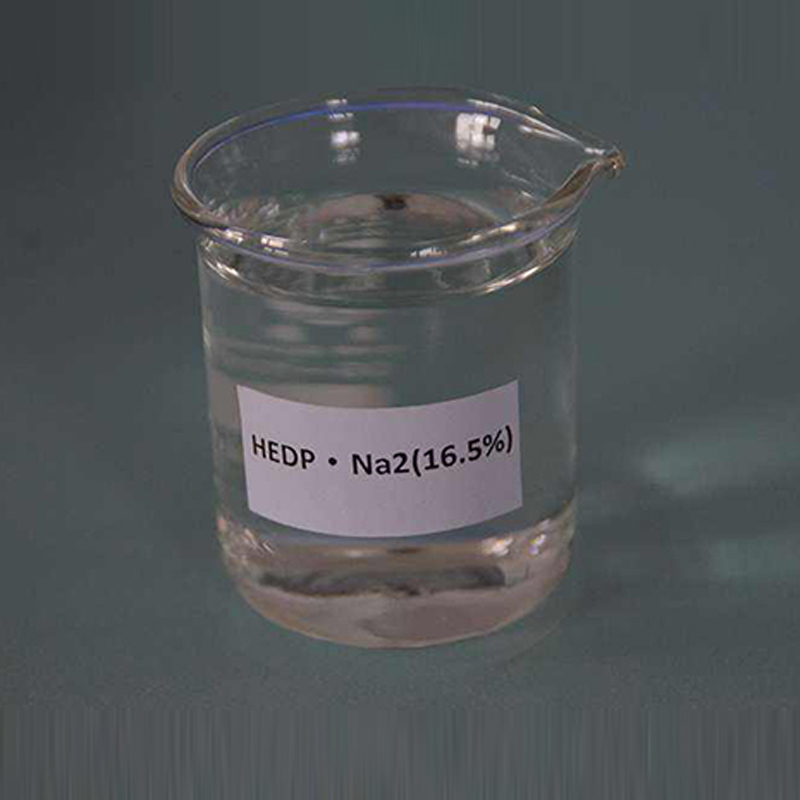diethylene triamine penta methylene phosphonic acid
Diethylene Triamine Penta Methylene Phosphonic Acid (DTPMPA) An Overview
Diethylene Triamine Penta Methylene Phosphonic Acid (DTPMPA) is a versatile and widely utilized compound in various industrial applications due to its unique chemical structure and properties. As a member of the phosphonic acid family, DTPMPA is particularly noted for its high chelating ability and effectiveness in binding metal ions, making it an essential additive in several formulations across different sectors.
Chemical Structure and Properties
DTPMPA belongs to a class of polyaminophosphonic acids characterized by multiple functional groups that can interact with metal ions. The chemical structure comprises five phosphonic acid groups and a triethylene diamine backbone, which allows it to form stable complexes with various cations. As a result, DTPMPA exhibits excellent water solubility, thermal stability, and resistance to degradation, making it ideal for use in aqueous systems.
One of the standout properties of DTPMPA is its chelating ability, which is attributed to the presence of multiple phosphonic acid moieties. These moieties can effectively sequester transition metals, which can otherwise promote unwanted reactions, such as corrosion or scaling. By binding to these metal ions, DTPMPA helps to prevent precipitation and enhances the overall stability of chemical formulations.
Industrial Applications
DTPMPA is commonly used in water treatment processes, particularly in cooling water systems. In these contexts, it serves to control scale formation, corrosion, and biofouling. The presence of DTPMPA in water treatment formulations inhibits the deposition of minerals like calcium carbonate and calcium sulfate, which can lead to inefficiencies and damage to industrial equipment.
diethylene triamine penta methylene phosphonic acid

In addition to water treatment, DTPMPA is also employed as a dispersant in detergents and cleaning products. It helps to maintain the stability of these formulations by preventing the aggregation of suspended particles and enhancing the cleaning efficiency of the products. The chelating properties of DTPMPA ensure that metal ions, which can interfere with the cleaning process, are effectively removed from the solution.
Moreover, DTPMPA finds applications in the pulp and paper industry, where it is used to improve the quality of paper products by controlling metal ions during the manufacturing process. By sequestering manganese, iron, and other transition metals, DTPMPA contributes to better brightness and uniformity in the final product.
Environmental Considerations and Safety
As with any chemical, the environmental impact of DTPMPA must be considered. Studies indicate that DTPMPA is biodegradable under certain conditions, which helps mitigate potential environmental risks. However, the discharge of products containing phosphonic acids into water bodies can still be of concern due to the electrochemical behavior of phosphonates in aquatic ecosystems. Thus, proper handling and disposal methods should be employed, and regulatory guidelines followed to ensure minimal environmental impact.
In terms of safety, DTPMPA is generally regarded as safe when used according to recommended guidelines. It is important for manufacturers and users to adhere to safety data sheets and conduct risk assessments to mitigate any potential hazards associated with its use.
Conclusion
Diethylene Triamine Penta Methylene Phosphonic Acid is a valuable compound with diverse applications in industrial processes, particularly in water treatment, cleaning formulations, and manufacturing. Its ability to chelate metal ions and stabilize chemical systems makes it an essential additive in various sectors. While its ecological footprint should be managed carefully, DTPMPA's benefits often outweigh potential risks, establishing it as a key player in modern chemical applications. As industries continue to seek innovative solutions for efficiency and environmental responsibility, compounds like DTPMPA will undoubtedly play a significant role in shaping future practices.
-
Water Treatment with Flocculant Water TreatmentNewsJun.12,2025
-
Polymaleic AnhydrideNewsJun.12,2025
-
Polyaspartic AcidNewsJun.12,2025
-
Enhance Industrial Processes with IsothiazolinonesNewsJun.12,2025
-
Enhance Industrial Processes with PBTCA SolutionsNewsJun.12,2025
-
Dodecyldimethylbenzylammonium Chloride SolutionsNewsJun.12,2025





